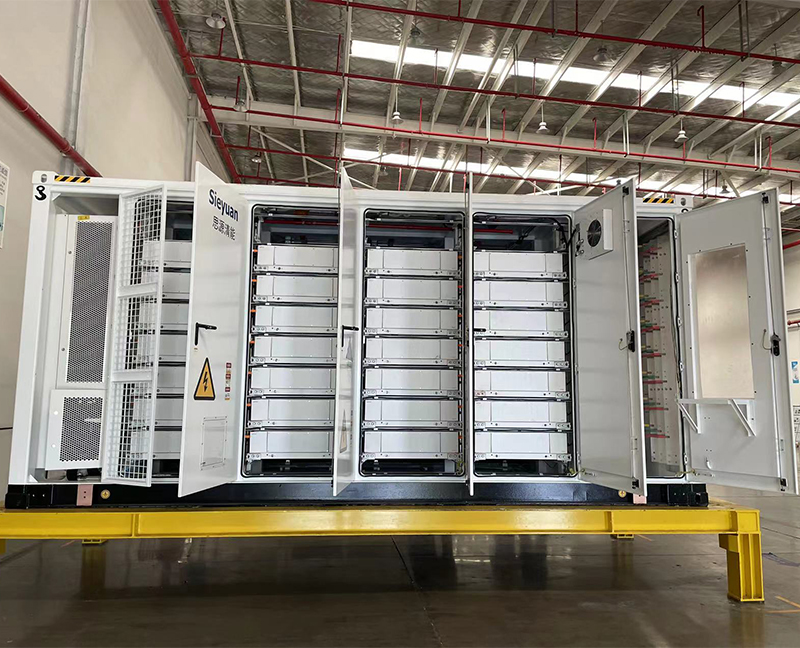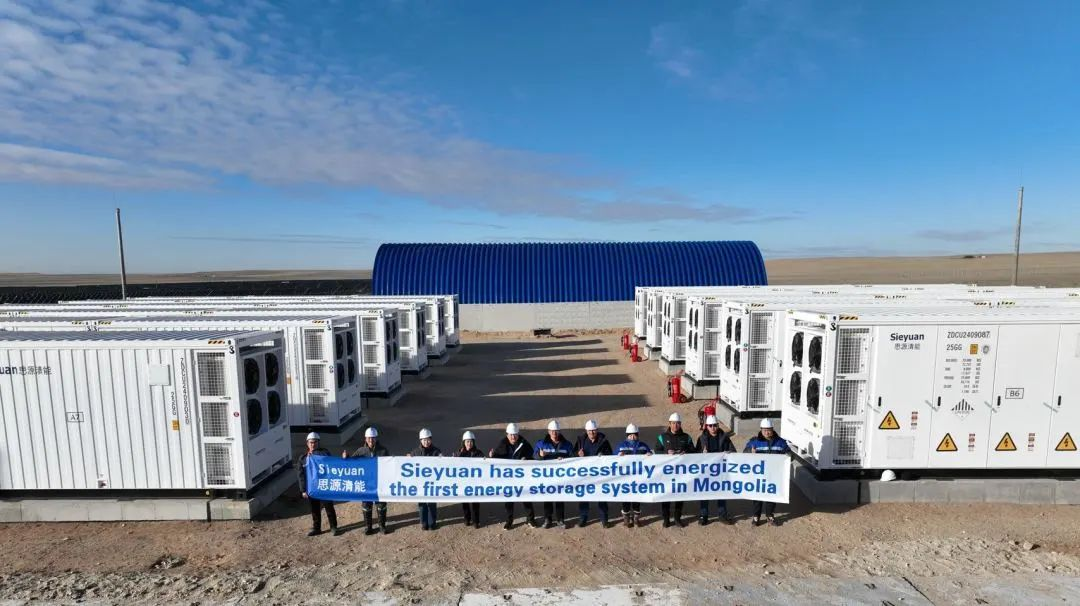Over the last few years, there has been a radical change in the energy situation around the globe due to among other things, the ever rising energy needs of the modern world. Energieeinspeichersysteme (EES) have become an integral step in this transformation, shaping the way energy is produced, how the grid is held together and how such forms of energy can be harnessed. This blog outlines the status and the future of energy storage systems in power generation, looking into their growing significance, technological advancements, and the difference they make in the energy industry.
As the demand for energy increases worldwide more energy sources are being harnessed progressively. These energy storage systems play a critical role in managing energy supply and demand in power generation. EES comprise of batteries or other components that can store energy for use in leaner times. With the increasing penetration of intermittent renewable sources such as solar and wind, having a mechanism to store energy is crucial. These systems not only help to ensure uninterrupted power supply but also assist in strengthening the grid network through provision of standby energy in times of system load emergencies. Times continue to change and as such, energy storage technology becomes cheaper, more versatile, and more efficient enabling mass manufacture of such technologies.
One of the most encouraging developments in energy storage technology has been the emergence of lithium-ion batteries. The growth of these batteries has been quite remarkable as they have become the most sought out technology in the market owing to their effectiveness, higher energy density and low costs. Report’s from the past few months have predicted that the lithium-ion battery market, globally, is poised to expand at a high single digit CAGR of over 20% for the next 4 to 5 years. This expansion is primarily fueled by the increased demand for electric vehicles (EVs) as well as the deployment of energy storage systems for renewable energy sources. As battery manufacturers strive to devise better technologies and boost integration, theres bound to be improved efficiencies and even lower costs in energy storage.
Other than lithium-ion batteries, other technologies that are coming up are also making waves in the energy storage market. For example, flow batteries employ liquid electrolytes to store energy and have tremendous technical benefits with certainly high energy efficiency such as better scalability and long life cycles. Such energy storage solutions are ideal for large scale applications such as grid storage where low discharge rates and certain other factors such as high durability are essential. In addition, research and development of solid-state batteries may open up new horizons for the industry by enhancing safety features as well as performance.
Technology is not the only thing that is gaining ground in the development of energy storage systems. Regulatory backing as well as the market are vital components as well. The global governments are coming to accept the fact that energy storage is equally as significant in reaching their climate targets and are enacting frameworks to catalyse development in this space. Reforms like Income tax credits, Grants, and preferential tariffs are also being introduced in order to encourage the Installation of energy storage systems. As any new policy becomes more established, those policies take center stage in the energy storage market, encouraging innovation and further investment.
In the near future, the most profound change in the energy world will happen thanks to the combination of artificial intelligence (AI) and the Internet of Things (IoT) with energy storage systems. AI algorithms assist in recognizing numerous energy consumption trends, which makes energy cycles and storage efficiency more efficient overall. With this kind of intelligence, energy service providers will be able to reduce costs and make better, strategic operational decisions to enable seamless service provision.
In conclusion, the future of energy storage systems in power generation is bright in the light of new technology, supportive policies and new paradigms. In the context of global economy moving towards a sustainable model, energy storage systems will be an enabler for this shift by allowing better integration of renewable energies and providing stronger grid support. The participants in the power market need to keep track of these developments and update their approaches to the changing picture of the energy storage market.
As we explore energy storage trends across the analytics industry, we have observed similar trends in the industry – aggressive growth for energy storage systems underlined by technology improvement and positive legislation environment. Energy storage will definitely be an essential element of contemporary energy generation long into the future.
 EN
EN
 AR
AR
 BG
BG
 HR
HR
 CS
CS
 DA
DA
 FR
FR
 DE
DE
 EL
EL
 HI
HI
 PL
PL
 PT
PT
 RU
RU
 ES
ES
 CA
CA
 TL
TL
 ID
ID
 SR
SR
 SK
SK
 SL
SL
 UK
UK
 VI
VI
 ET
ET
 HU
HU
 TH
TH
 MS
MS
 SW
SW
 GA
GA
 CY
CY
 HY
HY
 AZ
AZ
 UR
UR
 BN
BN
 LO
LO
 MN
MN
 NE
NE
 MY
MY
 KK
KK
 UZ
UZ
 KY
KY




